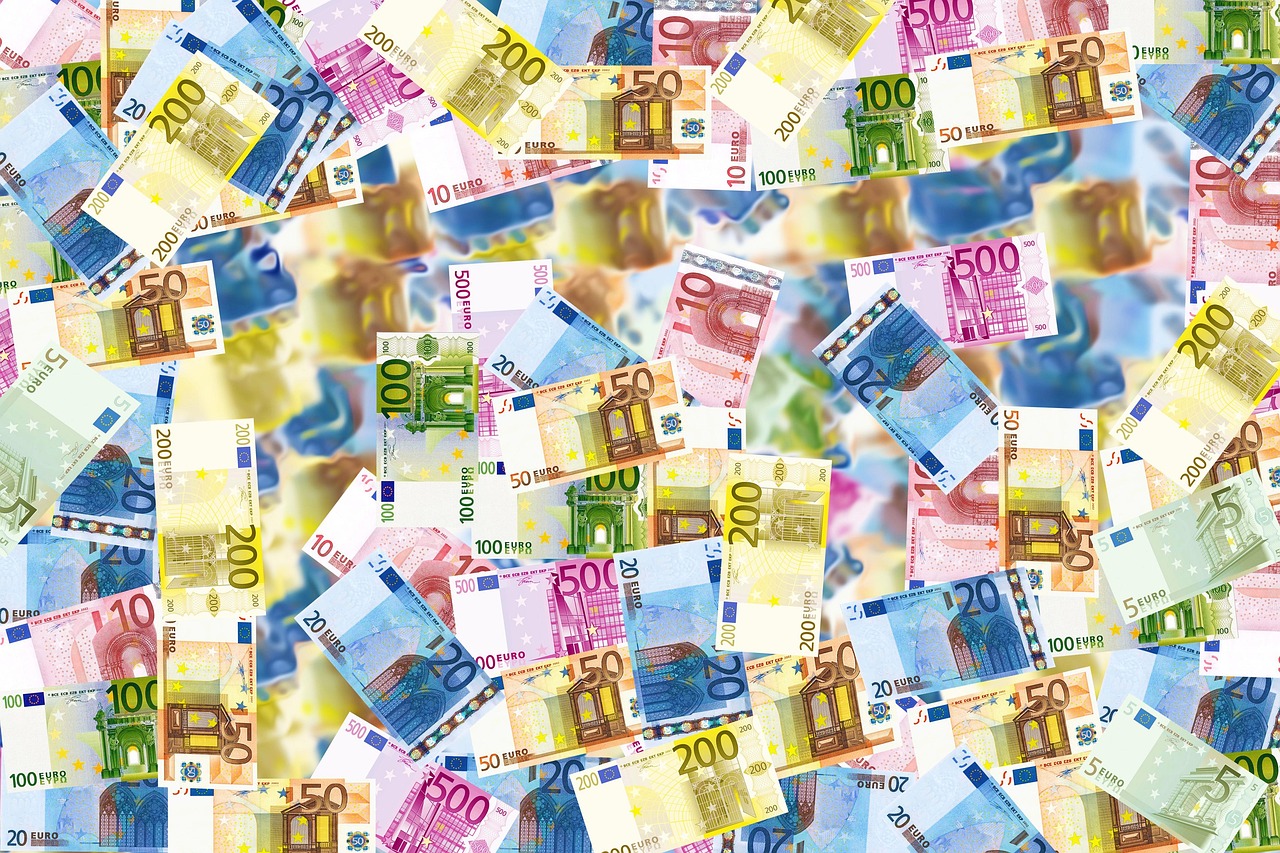Navigating the Emergence of NFT Pet Training Apps

In recent years, the world of digital assets has witnessed a transformation fueled by the rise of non-fungible tokens (NFTs). As these unique digital assets continue to influence various sectors, a novel application has emerged: NFT pet training apps. These applications combine blockchain technology with virtual pet ownership, offering a unique experience for tech enthusiasts and pet lovers alike. This article explores the mechanics, implications, and future prospects of NFT pet training apps.
NFTs, or non-fungible tokens, are distinct digital assets verified using blockchain technology. Unlike cryptocurrencies such as Bitcoin or Ethereum, which are fungible and identical to each other, NFTs are unique and cannot be exchanged on a one-to-one basis. This uniqueness makes them ideal for representing ownership of digital items, ranging from artwork to virtual pets.
The concept of virtual pets is not new. Since the late 1990s, digital pet games like Tamagotchi and Neopets have captivated audiences by enabling users to care for and interact with virtual creatures. NFT pet training apps build on this foundation, adding layers of ownership, tradeability, and customization, all underpinned by blockchain technology.
The primary allure of NFT pet training apps lies in their ability to offer a sense of ownership and exclusivity. Each NFT pet is a one-of-a-kind asset that can be bought, sold, and traded on various marketplaces. Owners invest time and resources into training and nurturing their digital pets, enhancing their attributes and increasing their value in the digital ecosystem.
- Ownership and Tradeability: NFT pet training apps provide users with a sense of digital ownership. Through blockchain, each pet is authenticated, ensuring that ownership is transparent and secure. Furthermore, these digital pets can be traded or sold, creating a dynamic marketplace where values fluctuate based on demand and pet attributes.
- Personalization: Users can customize their NFT pets, from appearance to abilities, creating a personalized experience. This personalization not only enhances user engagement but also influences the pet’s market value.
- Gamification: Many NFT pet training apps incorporate gamified elements, rewarding users for regular interaction and successful pet training. These rewards can be in the form of in-app tokens or other digital assets.
Despite the innovative potential of NFT pet training apps, several challenges and considerations remain. The environmental impact of blockchain technology, especially proof-of-work systems, has raised concerns due to their high energy consumption. As the industry progresses, there is a growing push for more sustainable blockchain solutions, such as proof-of-stake mechanisms.
Moreover, the market for NFTs is still in its nascent stage, with regulatory frameworks and legal definitions still evolving. Ensuring consumer protection and preventing fraud is crucial as these digital assets gain mainstream traction. Users must navigate this space with caution, understanding the risks involved in digital asset investment.
Globally, the intersection of blockchain technology and digital pet ownership presents opportunities for innovation and growth. In Asia, where mobile gaming and digital assets are highly popular, NFT pet training apps are gaining traction among tech-savvy users. Meanwhile, in Western markets, these apps are being explored as part of broader NFT and metaverse strategies.
In conclusion, NFT pet training apps represent a fascinating convergence of technology, gaming, and digital ownership. As blockchain technology continues to evolve, these applications hold the promise of expanding our understanding of digital interaction and value creation. For tech-literate professionals, remaining informed about these developments is essential for navigating the rapidly changing landscape of digital assets.














